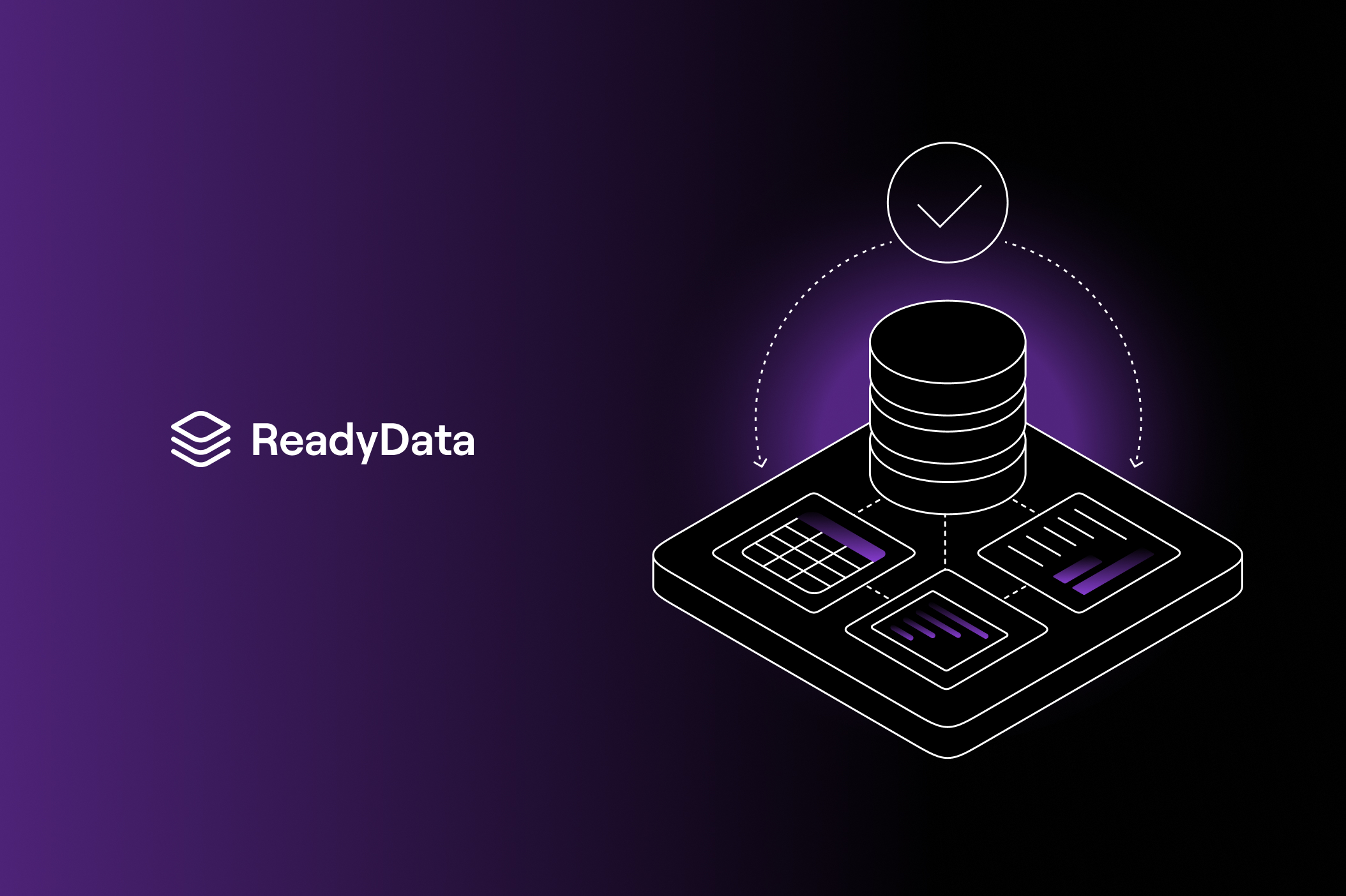And how ReadyData’s four checks prevent late failures.
And how ReadyData’s four checks prevent late failures.
•
October 2, 2025
•
Read time

In every data project there comes a moment where confidence falters. Teams have gathered requirements, designed models, and pushed data through pipelines, but then a dashboard misaligns or an analysis contradicts a business reality. Suddenly, leaders question whether the underlying data can be trusted at all.
This breakdown rarely occurs because of sophisticated algorithms. It happens in the basics. Records are incomplete. Identifiers are inconsistent. Critical fields have been left blank or mapped incorrectly. These flaws may seem minor in isolation, but when discovered late they derail projects, consume whole sprints, and erode trust between technical teams and business stakeholders.
The recurring pattern is that trust breaks when data quality issues surface too far downstream. By the time the errors are visible, models have already been trained, recommendations have been made, or reports have been circulated. At that stage, the cost of correction is high, and the credibility of the entire initiative is in doubt.
The better strategy is to confront these issues at the start, before they grow into visible failures. This is the role of ReadyData, which provides a disciplined pre-flight check on datasets. Its design is built around four checks that address the most common points of failure:
1. Structure
Are the datasets aligned with the schema expectations of the intended use case? Structural mismatches are often overlooked until integration, when they cause pipelines to fail. ReadyData inspects schemas immediately, ensuring the foundation is sound.
2. Completeness
Do the required fields exist, and are they sufficiently populated? Missing values are one of the most frequent causes of delays, and different use cases have different thresholds of tolerance. ReadyData surfaces these gaps explicitly so teams can decide early whether to remediate or proceed.
3. Accuracy
Are the values themselves consistent and reliable? Inconsistent customer identifiers or nonsensical financial figures may slip past format checks but still render the dataset unusable. Accuracy checks highlight these deeper inconsistencies.
4. Fitness
Is the dataset appropriate for the specific accelerator or business scenario it is meant to support? A dataset may be structurally sound and internally consistent, yet still unsuitable for the model at hand. ReadyData tailors its validation to the intended accelerator, highlighting whether issues are critical blockers or tolerable imperfections.
By running these checks at the point of data preparation, ReadyData changes the dynamic of data projects. Instead of discovering flaws only when executives see mismatched dashboards, teams gain early visibility into the risks and can act decisively. The benefit is not only technical accuracy but also organizational trust. Leaders are reassured that data has passed a systematic, explainable validation process before being put to use.
Every data initiative is built on the assumption that its inputs can be trusted. When that assumption fails, the entire project suffers. ReadyData does not attempt to replace consultants, engineers, or analysts. Rather, it augments their work by ensuring that the basics are never left to chance.
By embedding structure, completeness, accuracy, and fitness checks into the earliest stages of a project, organizations can prevent the most common causes of failure and preserve trust where it matters most. The result is not simply cleaner data, but a disciplined foundation that allows teams to focus on analysis, insight, and execution instead of firefighting.
If you’re ready to see how disciplined data checks can prevent costly setbacks, test ReadyData for yourself and experience the difference of starting with trust.

When leadership bandwidth becomes the defining limit of founder productivity.

How delayed decisions compound confusion and weaken leadership clarity

A systems approach to data cost optimization and cloud spend discipline